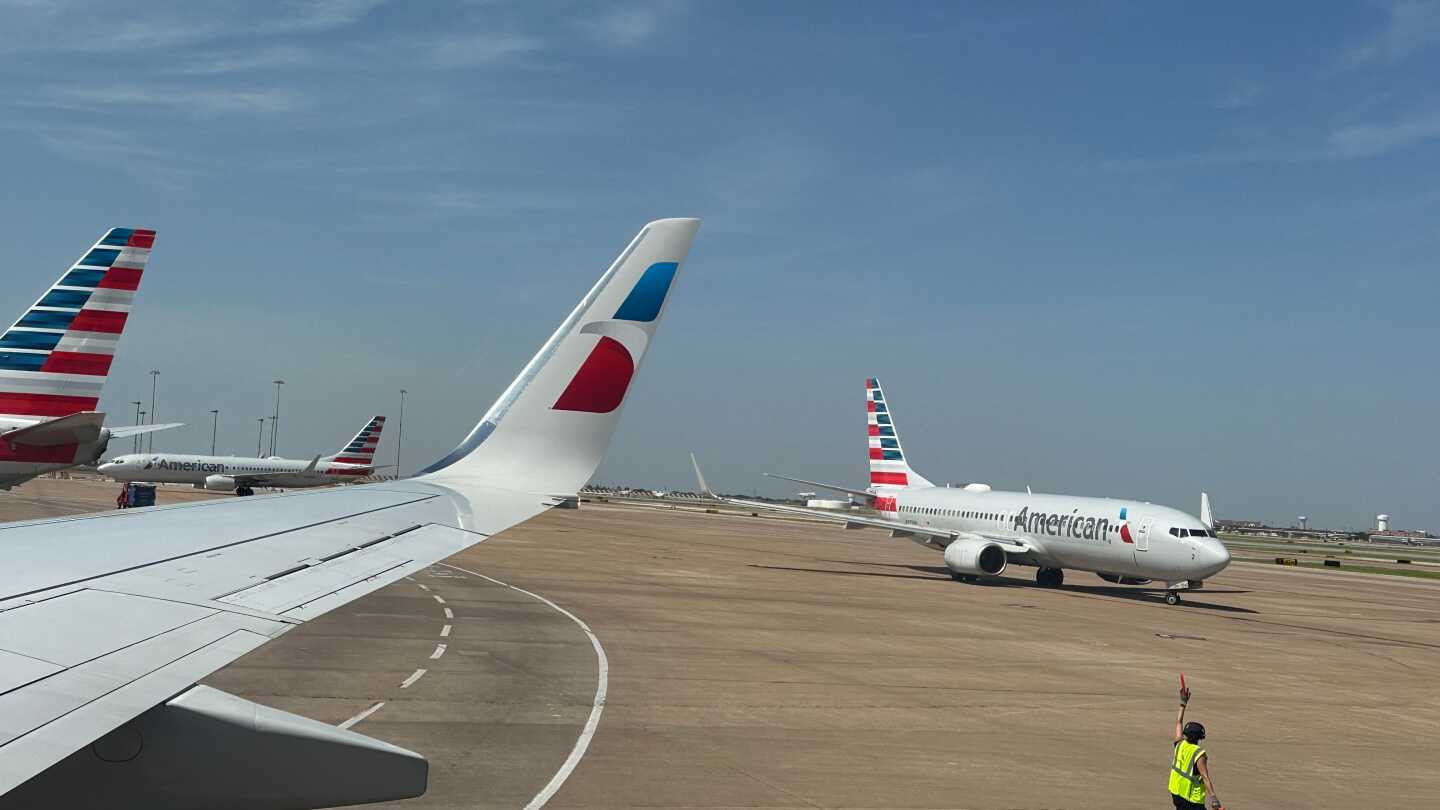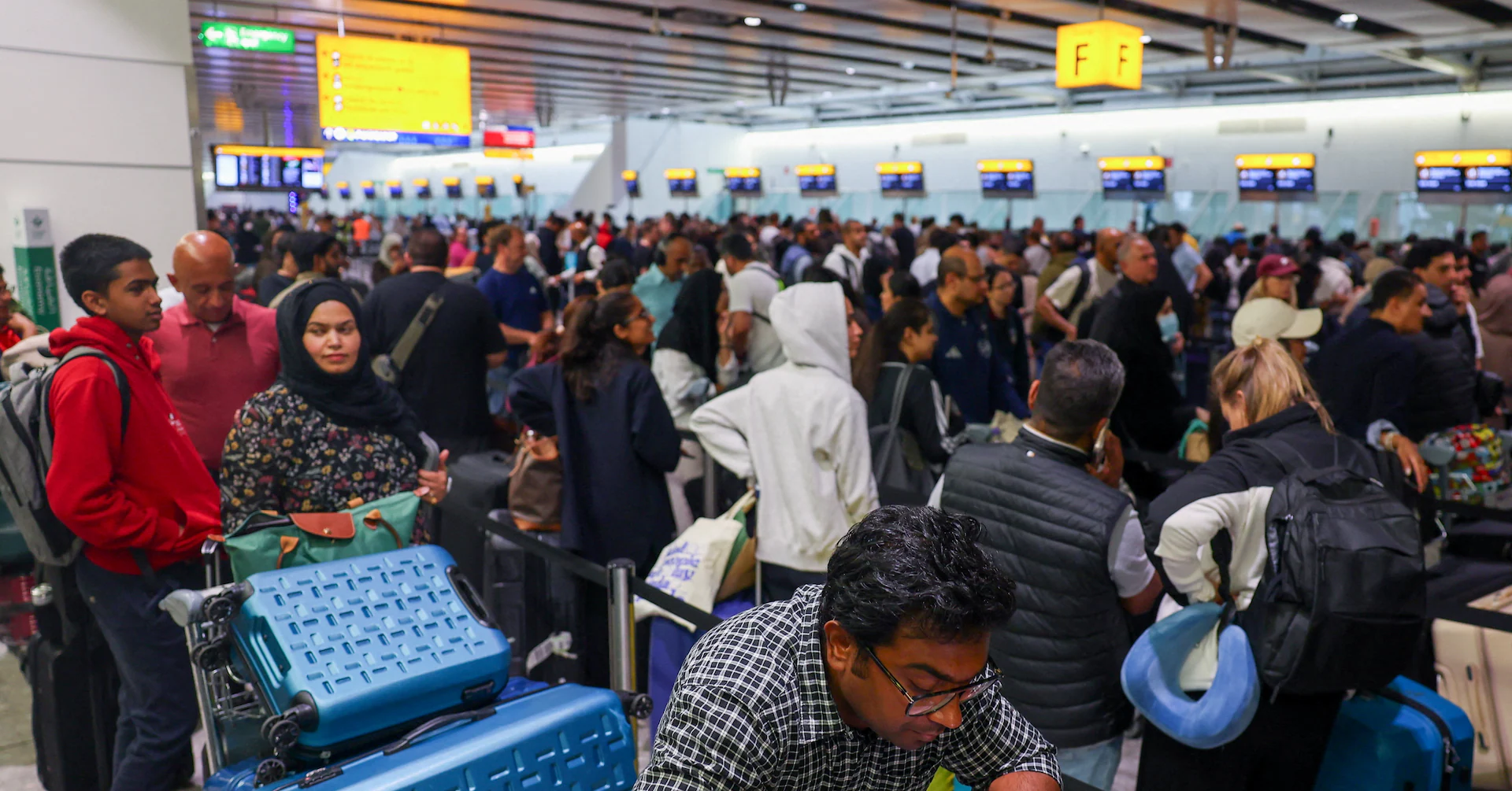
Kaitlyn Rosati has visited 90 countries and all seven continents, embodying a fast-growing cohort of solo travelers who choose to go it alone. But doing so has often cost more.
“That gondola ride in Venice costs 90 euros regardless of party size,” lamented Rosati, who runs the blog No Man Nomad.
Individual travelers also face single supplement markups – an extra fee to compensate for the cost at full occupancy – on many tours and cruises that typically serve couples and families. Even airfare can get strange: Algorithms sometimes return higher prices to a party of one than to a pair on the same flight, a quirk of opaque fare rules that has drawn scrutiny.
Still, travelers such as Rosati say there’s never been a better time to visit a destination solo: “The same way many people had career and life changes in 2020, I think a lot more people are willing to take that risk of solo traveling.”
Google search data shows the term “solo travel” gradually climbing in the 2010s, up to the onset of the pandemic. And search interest spiked again, reaching a record high in July.
“The range of options, from budget to luxury, is as expansive as it’s ever been,” said Katalina Mayorga, the founder of El Camino Travel, a company that specializes in “ungoogleable” travel advice and experiences for women.
Companies, at long last, are catching on to a trend that’s been building for years, Mayorga notes. Women, in particular, are driving it. Luxury travel network Virtuoso said in a 2025 report that 68% of its solo clients are women.
While the solo premium hasn’t vanished, it seems that the industry is finally treating solo travelers as a stand-alone demographic, catering to them in a way it hadn’t done before. That means fewer surcharges that nickel-and-dime solo travelers.
The industry shift to solo
Travel operators say increased solo demand has changed their approach to packaging trips.
“After the pandemic, there’s been this massive surge in interest for people wanting to go somewhere alone,” Mayorga said. “The industry is definitely evolving in a way we’ve never seen before.”
Some of the most pronounced changes are coming from companies in destinations that once priced singles out. For instance, in Tanzania, safari operators such as Lemala Osonjoi Lodge, are now waiving single supplements for low- and midseason travel.
Leanne Haigh, Lemala’s chief executive, traced the move to a conversation with a would-be guest who was put off by solo upcharges across many safari outfitters.
“When we have beds outside peak season, do we really need to penalize singles?” Haigh said. “Since [switching], we’ve seen a progressive increase each year in single travelers – people who might have booked somewhere else if they had to pay a supplement.”
Ecoventura, a cruise line that sails in the Galapagos, has offered a solo deal since 2023. By doing so, the company says it has doubled its number of single-occupancy bookings. Around the same time, Tauck, a luxury tour company, began waiving the single supplement on select cabins across European river sailings. That brought solo pricing on par with the per-person rate paid by couples.
“It doesn’t have to be on the premium or high end of things,” Mayorga said. “Travelers now have so many opportunities for single-day group excursions or to hire a local guide.”
While Mayorga recommends platforms such as Withlocals and Tours by Locals, even Airbnb Experiences has beefed up its options for solo explorers.
Cruise lines are redesigning their ships with single guests in mind, adding true single staterooms. In 2024, Norwegian Cruise Line began rolling out nearly 1,000 dedicated solo accommodations across its fleet, plus dedicated onboard lounges for these travelers. Riviera Travel, a river cruise and tour operator, will begin offering dedicated solo cruises in 2027, accommodating up to 68 guests on the MS George Eliot.
Hotels, meanwhile, are adapting in more subtle ways. While the industry’s room-based pricing (as opposed to per-person rates) is not going away, the rise of lifestyle properties – accommodations with smaller rooms that typically cater to younger travelers – means shifting the value proposition to public spaces such as a lobby bar or communal lounge. Brands such as Marriott’s Moxy and Hilton’s Tempo come to mind.
How to have a better trip for one
There are pragmatic ways to shrink the solo surcharge.
Timing matters: In shoulder seasons and non-holiday weeks, operators have more flexibility to release rooms for one, relax minimum-occupancy rules and run promotions.
On the ground, choosing neighborhoods where walking feels natural and public transport is straightforward can make a trip go smoother.
“Joining food or walking tours of the city is a great way to meet people,” Rosati noted. “If cost is a concern, most cities around the world offer some type of free walking tour.”
In fact, in Europe, food-tour companies say one-top seating is no longer an outlier.
“Before the pandemic, around 7% of our guests came alone, but this year it’s closer to 14%,” said Kenny Dunn, founder of Eating Europe. “There’s no awkwardness about being on your own, and it feels like a safe, comfortable way to explore a new city, especially in the evenings.”
Of course, there is still room for improvement. Resy, for instance, doesn’t require restaurants on the platform to accommodate solo diners. And when it is for a party of one, it’s typically an allocated bar seat, not a table.
Rosati recommended starting with the “far yet familiar,” as she calls it.
“If you’re new to solo travel, start in your own backyard. I purposely chose Hawaii for my first solo trip, because it felt far enough away to feel like I was really traveling, but still had the same currency, emergency number and language that I was used to.”



